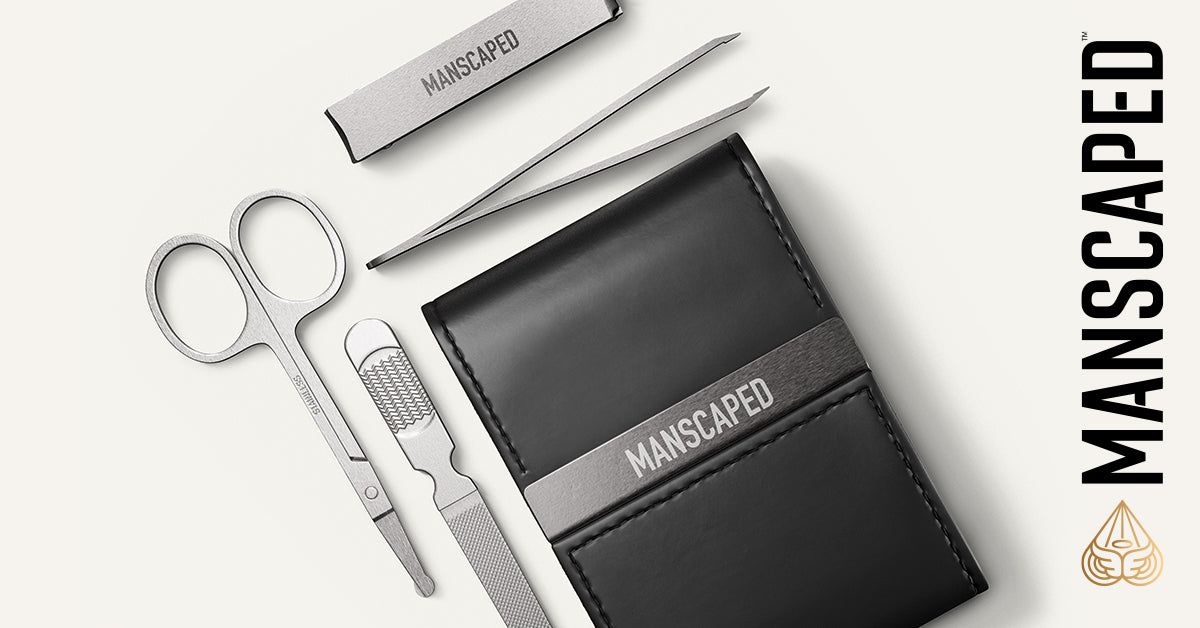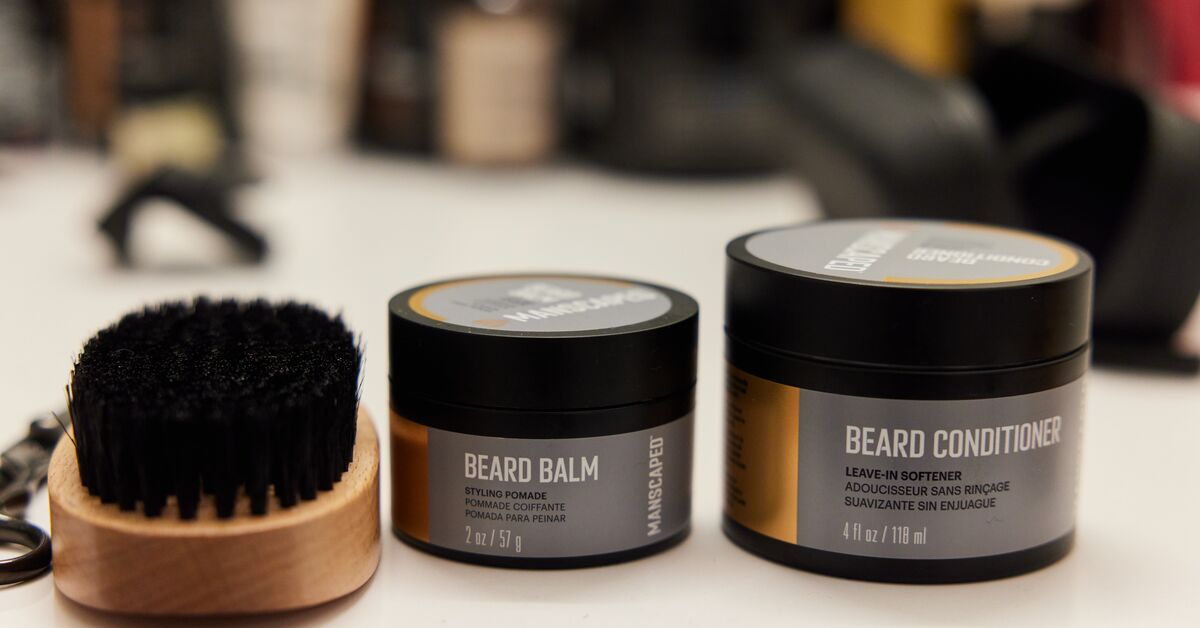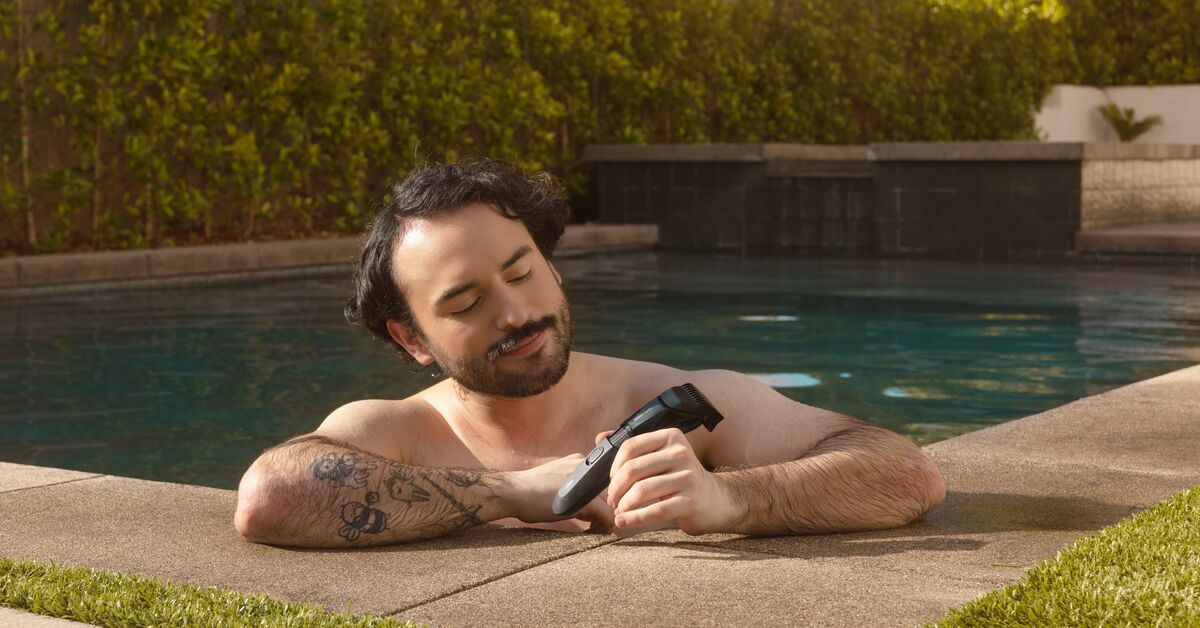
You’re deep in thought, probably working hard on something. Absent-mindedly, you fiddle with your fingers. We all do it.
But, you notice that after a while, one of your fingers is getting sore.
What happened?
You have a hangnail, and in your fiddling, you just exacerbated the problem. You dug it up, tore up your finger a little bit, and now you have to deal with it.
Hangnails usually don’t ruin a day; they aren’t that extreme. But, they’re a nuisance, and life would just be a little bit easier and more pleasant if you didn’t have to put up with them.
Well, here’s the good news. This is your total guide to dealing with hangnails.
The science behind hangnails

What actually causes a hangnail?
Ultimately, it’s dry skin. Now, you can get dry skin from a number of sources. Washing your hands a bunch, dry climate, brutal jobs or hobbies that beat up the skin on your fingernails, and plenty of other things can contribute.
In the end, a hangnail is a bit of dried skin, right around your fingernail, that starts to break away and protrude. This protrusion can snag on things. It can also create internal pressure on the living, healthy tissue deeper in your skin. When either of those things happens, the hangnail is likely to get sore.
Even worse, hangnails can lead to broken skin, and broken skin can become infected. This is especially a problem on your fingertips since you use your fingers to do everything, and they are regularly exposed to all kinds of bacteria.
Here’s how to help prevent them
If hangnails really just boil down to dry skin, then preventing them should be easy, right?
There are three things that will help eliminate the vast majority of hangnails before they ever appear.
Lotion
Lotion is the key ingredient. If you moisturize your hands daily, you will dramatically lower the risk of getting any hangnails.
There are some professions and lifestyles that will give you hangnails despite your moisturizing efforts. If you rock climb a lot, work with water, or have any kind of job that is particularly tough on the fingernails, then you’ll need more than a little lotion. Never fear, as there are additional steps that can help mitigate hangnails even for the roughest and tumbliest of hands.
Exfoliation
Exfoliation is the process of removing dead skin. You do this with an abrasive agent, and you basically just scrape the dead skin away.
You can do this with a washcloth, a loofah, or any other gentle abrasive, and it will make a difference for your fingers and your hangnails.
When you regularly pull away dead skin with gentle exfoliation, you keep your fingers soft, and that makes it harder to develop any hangnails. On top of that, removing dead skin prevents the kind of buildup that causes a lot of hangnails in the first place.
Exfoliate once a week, and it will go a long way.
Manicures
The other most important prevention measure is nail and fingertip care. You can give yourself manicures, and it’s easier and more common than you might think.
Basically, you want to trim your nails and treat your fingertips on a regular basis. If you keep your nails trimmed, the primary source of hangnails goes away. As you already know, they commonly form when the skin around your fingernails dries out, and untrimmed nails can help with this development.
You’ve probably seen it before. The hard structure of the nail starts to blend in with the skin adjacent to it, and it’s hard to tell where fingernails end and begin. You’re prime for hangnails in that situation, so trim them properly.
Overcutting fingernails can also lead to the development of hangnails, so you want to do this properly.
We have a nice, simple guide that will show you how to perform your own manicures at home. They’ll keep your fingers feeling quite nice.
Of course, you can also go the pro route. If you don’t want to deal with your own fingernails, go to a pro and get a manicure done for you. They’ll pull out all the stops, and your fingers will feel better than ever. It’s a nice way to treat yourself every now and then.
Here’s how to treat them
There is really one treatment for a hangnail: remove it.
That said, there are a few different ways to go about that. Some are bad choices. Others work very well. Let’s discuss both so that you understand why it’s important to take care of your hangnails properly.
Don’t pull them
Look. We’ve all been there. You feel the hangnail starting, and you end up playing with it. You know that if you work on it for a while, you’ll get it nice and loose, and then maybe you can pull it free later.
It’s a really tempting thing to do. Maybe there’s some caveman instinct at play here, but this really is the wrong approach.
While you are right that you should get rid of the hangnail, if you pull it free (or bite it), you’re likely going to take extra skin away. Also, playing with it (and biting it) introduces more bacteria to the area. If you break the skin, you run the risk of developing an infection.
Avoid this temptation. Instead, use modern tools to get rid of the hangnail. That will minimize both damage to your finger and discomfort, and it will help you maintain healthy, attractive fingers.
Use good tools

Ultimately, when you get a hangnail, you want a reliable way to remove it. Having the right tools for the job goes a long way. It’s also best to be proactive. Hangnails tend to get more sore over time, so if you treat them swiftly, you’ll have less discomfort.
To remove them, all you need is a set of The Shears 2.0. It has a full kit for nail care:
- Slant tipped tweezers
- Rounded point scissors
- Fingernail clippers
- Medium grit nail file
They’re all kept together in a magnetic leather case, and that’s nice.
Here’s how you can use these tools to deal with your hangnail.
For most hangnails, reach for your fingernail clippers — especially if it’s very dry and tough skin. You want to use the clippers to trim the hangnail so that it is even with the rest of your skin. Don’t go digging into your flesh to try to get to “the root.” That will just hurt later. Trim it evenly so that the hangnail no longer protrudes and cannot snag on things.
After you have trimmed, treat with an antiseptic if there is any blood or pain. If there is neither, then apply lotion. This will soften the flat nub of the remaining hangnail so that it stops being a problem.
If you have a soft hangnail, the scissors are the safer option. The goal is still the same. You’re trying to trim the hangnail so that it sits evenly with the rest of your skin. Still treat it with antiseptic if there’s a cut and lotion if there isn’t.
As for the file, it can help you a little with hangnail prevention and management. If you have calloused skin developing around your fingernails, you can gently file the skin to soften it. That plus lotion will help prevent calloused skin from breaking free to become a hangnail.
The tweezers are good for a lot of things. In most cases, you won’t need them for a hangnail, but occasionally, precision tweezers can help you hold and control the hangnail so that you can position it for trimming.
10.20.22
Share

Featured Articles
- Your Favorite Ball Deodorant. Now with a New Scent: Perservere.MANSCAPED® + TCS for Testicular Cancer Awareness MonthIntroducing The Lawn Mower® 5.0 Ultra TCS Special Edition and TCS Ball Hero BundleThe Dome Shaver™ Pro vs. The Dome Shaver™ Plus: Which Should You Choose?The Chairman™ Pro vs. The Chairman™ Plus: Which Should You Choose?



